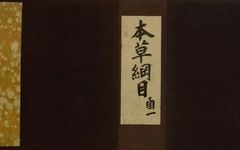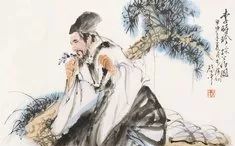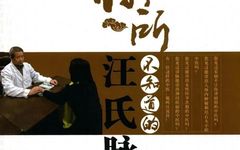Understanding the Compendium of Materia Medica
Compendium of Materia Medica Compendium of Materia Medica was published in the 24th year of Wanli (1596) in the Ming Dynasty in China. The author is Li Shizhen (1518-1593). He was still revising the manuscripts himself with illness in his later days. It seemed that he could not see it during his lifetime. By the … Read more






